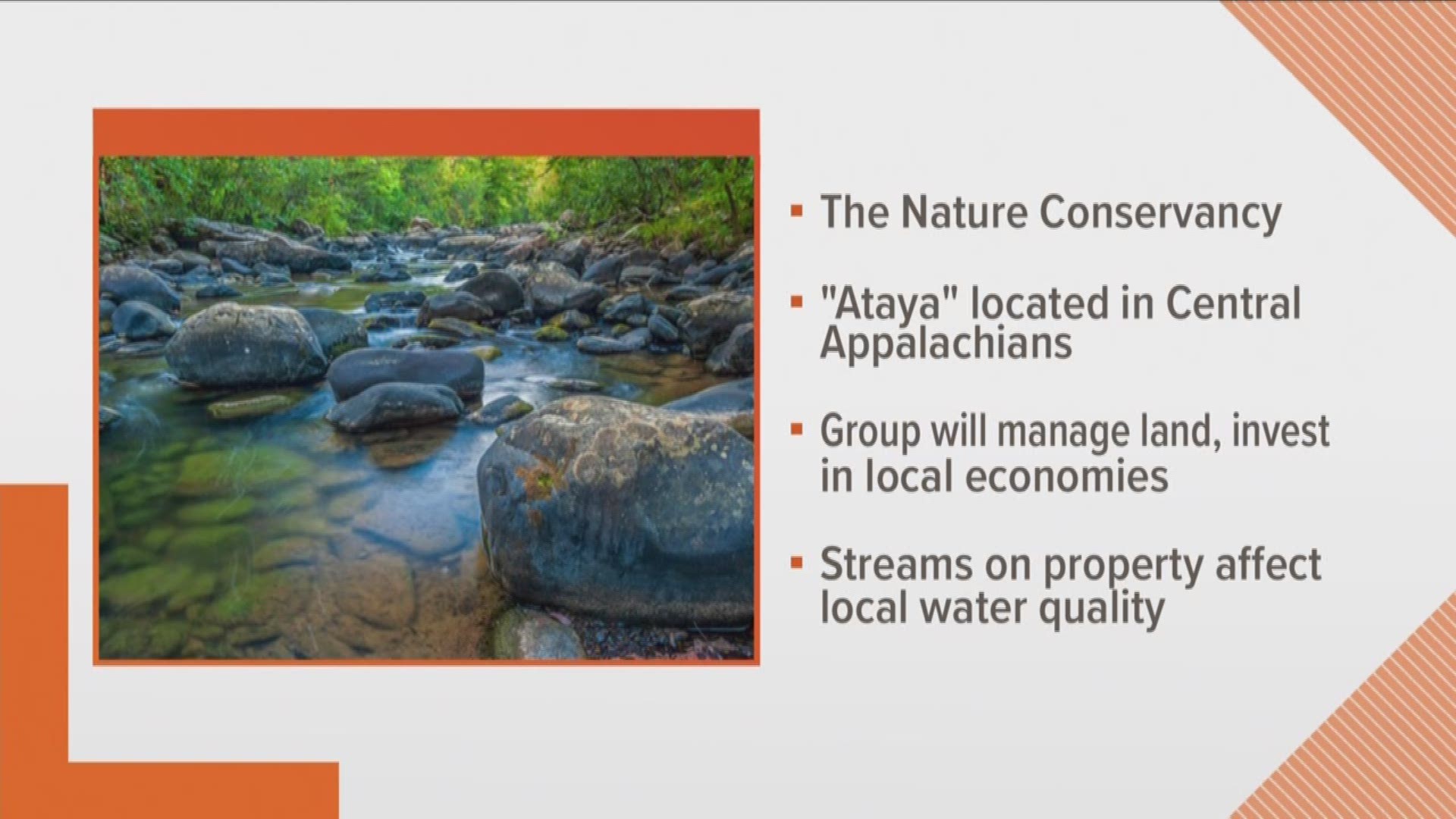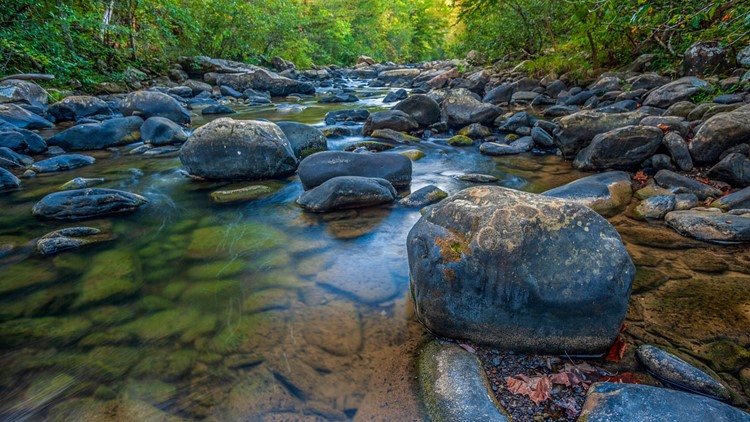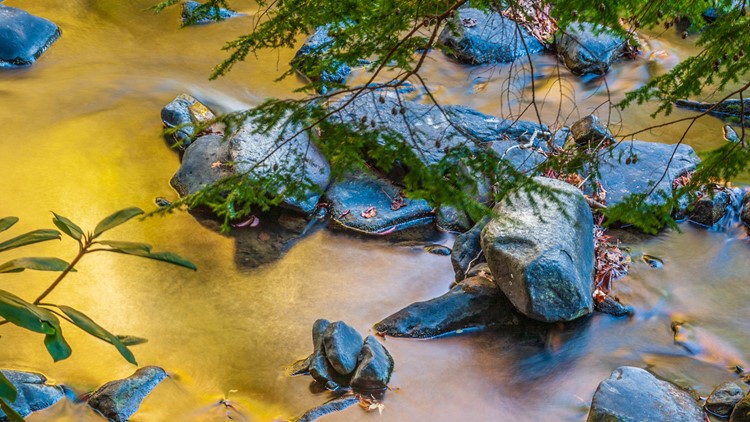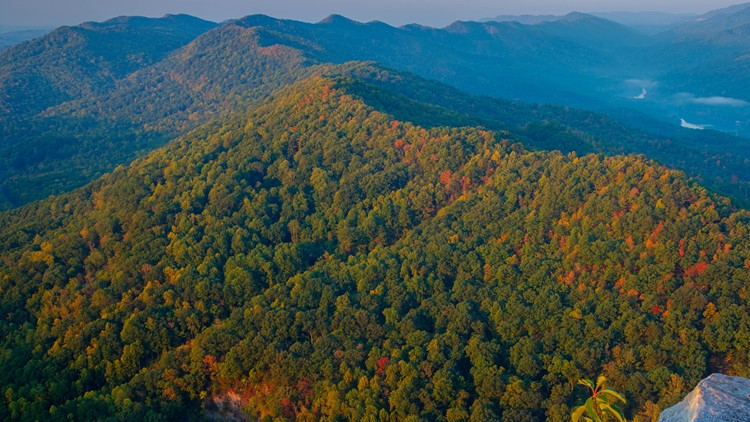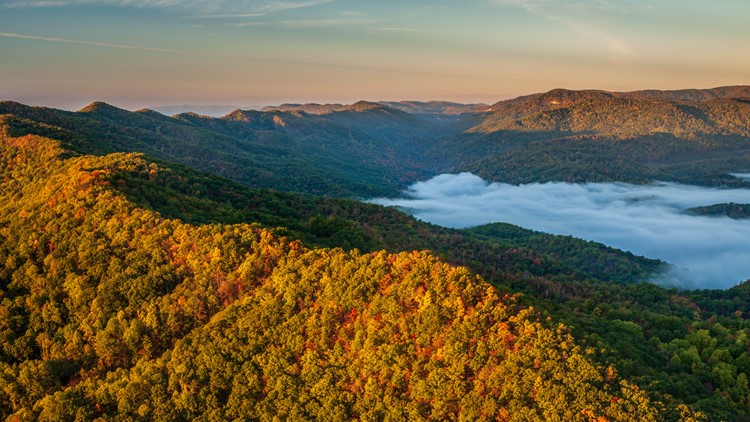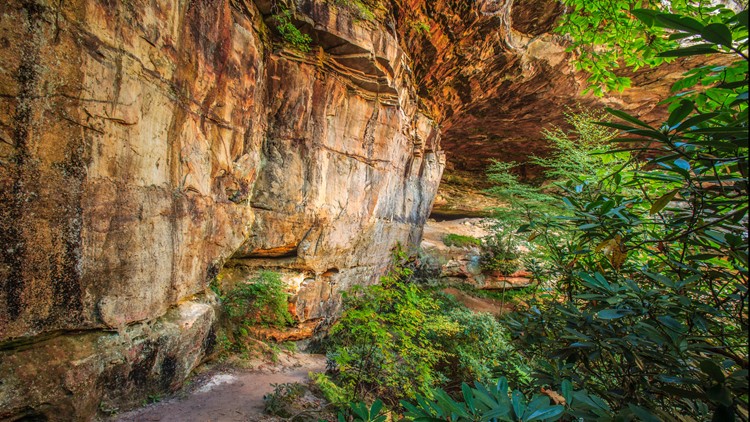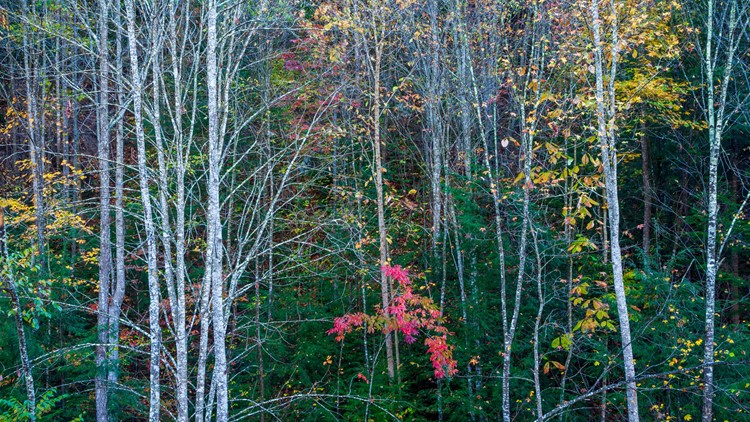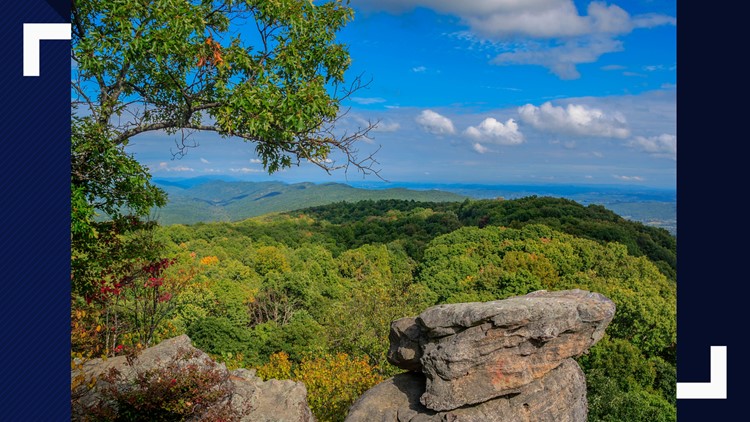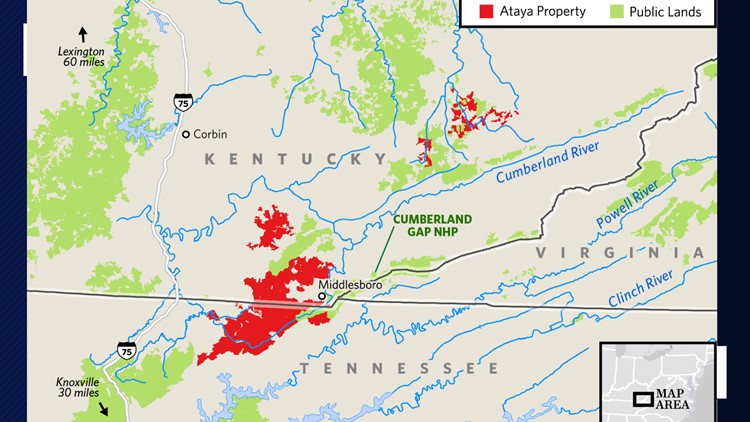100,000 acres of working forestland will now be preserved along the Tennessee/Kentucky state line thanks to an acquisition made by the Tennessee and Kentucky state chapters of The Nature Conservancy, a news release from the group said Monday.
The forestland is located in the Central Appalachian Mountains in southeast Kentucky and northeast Tennessee. The Nature Conservancy's new property, known as Ataya, "represents one of the largest land conservation and ecological projects TNC has targeted in the Central Appalachians."
The conservation group will manage the land as a working forest, the release said, aiming to "protect wildlife habitat, secure clean water for people and nature and sequester atmosphere carbon to mitigate climate change" using sustainable forestry practices.
The group plans to invest in local economies around the land. According to the release, the forests and streams on the Ataya property affect water quality and public water supply for portions of Claiborne and Campbell counties in Tennessee and Bell, Knox and Leslie counties in Kentucky.

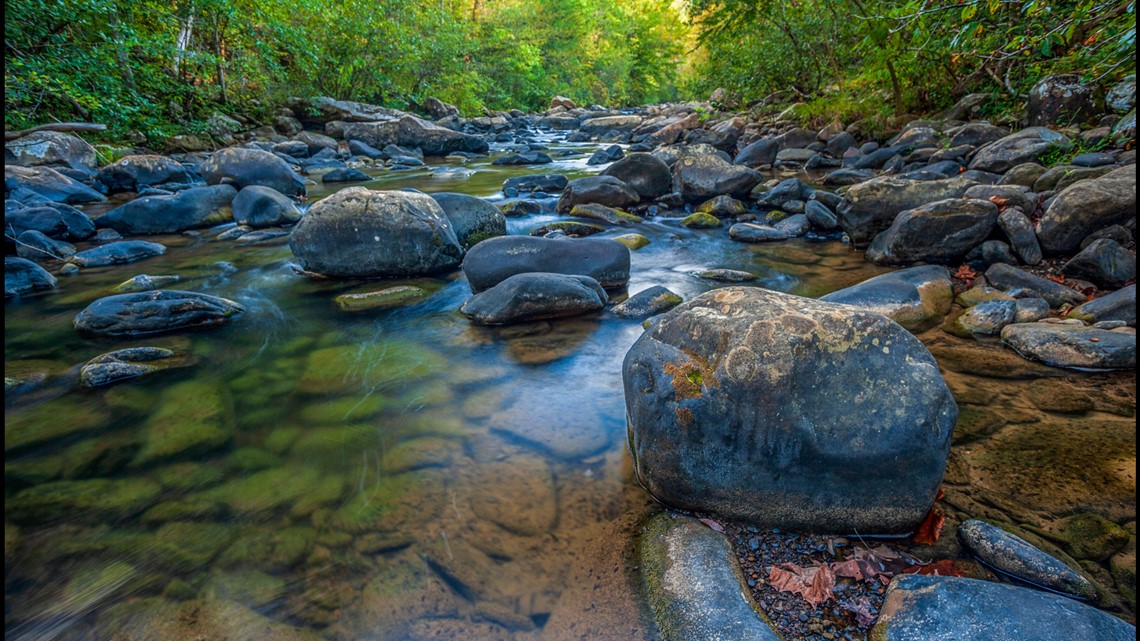
The property will also link the North Cumberland Wildlife Management Area with the Cumberland Gap National Historic Park and Kentucky Ridge State Forest, creating a core habitat along the Cumberland-Pine Mountain corridor "which is projected to be one of the most important migratory corridors in the face of a changing climate."
The conservation group was particularly interested in the area because of its importance as a "biodiversity hotspot," being a major migratory corridor and having a number of watersheds, with 200 miles of headwaters streams on the property, most of which flow into the Kentucky and Cumberland Rivers.
"The property has been identified by TNC scientists as climate-resilient," the release said. "The property is home to more than 100 species of Greatest Conservation Need (GCN) according to state wildlife action plans, including the little brown bat, eastern meadowlark, black sandshell mussel, cerulean warbler, black mountain salamander, and many more. The property also provides crucial headwater protection for the federally endangered Kentucky arrow darter."
The group was also interested in the ability to preserve the land for wildlife enthusiasts.
PHOTOS: Scenes from around the Ataya property
"Many people currently use and enjoy the property for hiking, hunting, and other outdoor recreation pursuits," the release said. "In taking on this project, TNC is committed to connecting its conservation work to the needs and interests of local communities."
The Tennessee state director of the group, Terry Cook, said the project will help recognize just how important the area is to its local communities.
"Kentucky and Tennessee forests have a tremendous economic impact, generating billions of dollars of economic activity and tens of thousands of jobs," Cook said in the release. "Additionally, these lands support growing outdoor recreation opportunities. In Kentucky and Tennessee the annual economic impact of outdoor recreation exceeds $13 billion and $20 billion, respectively."

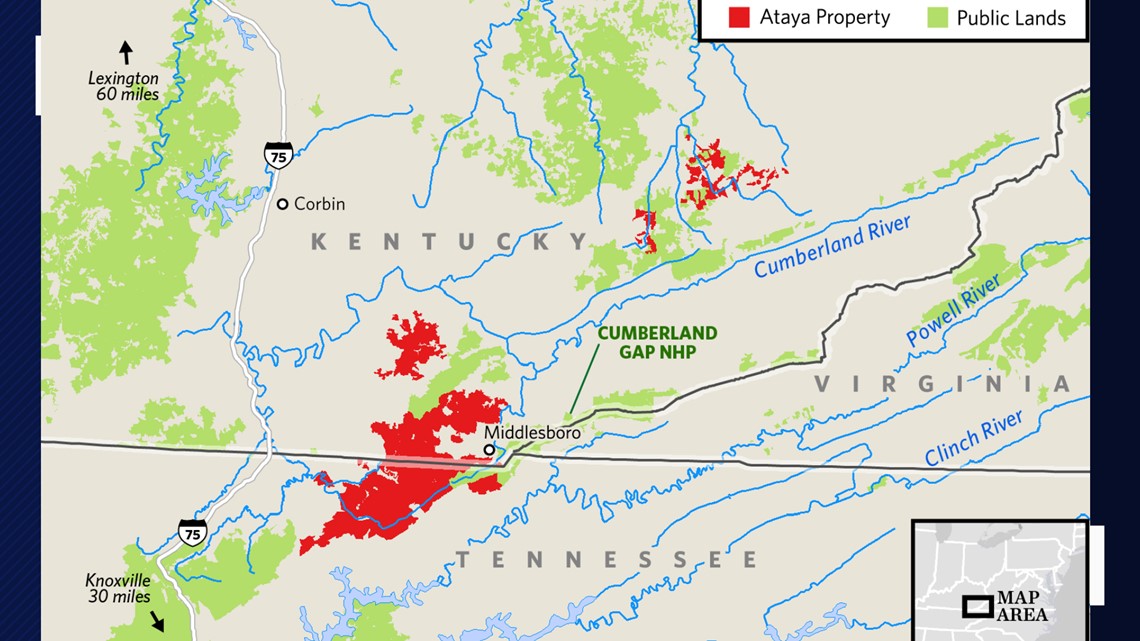
Ownership of the Ataya property will be split between the surface-level and underground properties, according to the release, with the sub-surface property owned by third parties and the surface level being owned by a separate third party that is an affiliate of the conservation group.
The conservation group won't have control over the mining activities that occur underground, according to the release.
"As the surface owner, an affiliate of TNC expects to receive compensation for any impacts these existing mining operations have on the property’s forests and infrastructure, and can direct those funds to restoration and conservation activities on the property," the release said. "In addition, the surface owner is expected to receive royalties, which the affiliate plans to contribute in their entirety to third-party community organizations to support local economic and community development efforts."
The project was supported in part by a program-related investment loan from the Doris Duke Charitable Foundation that the foundation describes as its "largest single investment" in its history.
"This project offers a spectacular demonstration of how land conservation and restoration at this scale can safeguard wildlife, support a community’s livelihoods, and secure the climate resilience of an entire region,” Sacha Spector, the foundation's program director for the environment, said in the release.
The Nature Conservancy said its one of the largest land deals in the history of the Tennessee and Kentucky chapters, "bringing together climate resiliency, carbon markets, sustainable timber harvest and recreational and economic opportunities" for the people of the area.
The group plans to manage the forest with the goal of offsetting carbon in the atmosphere, which will allow the property to sell carbon offsets as a revenue source.

